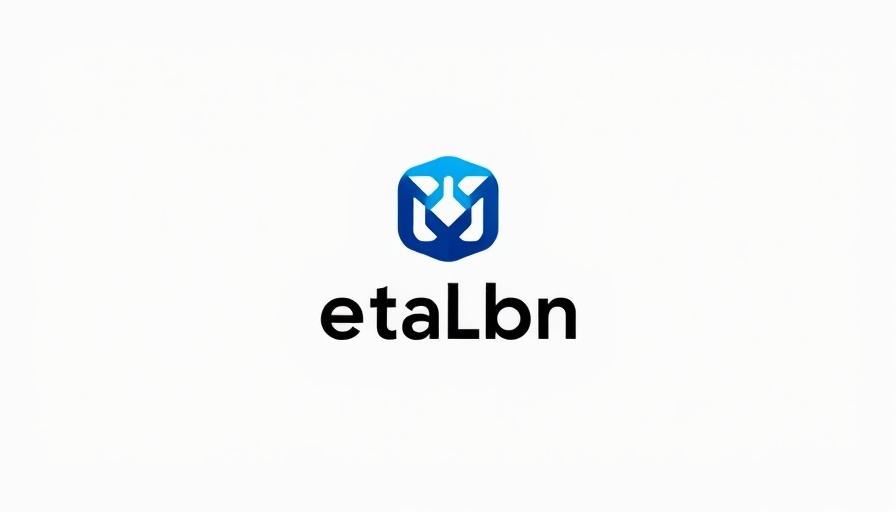
Understanding Twitter's Evolving Role in Marketing Strategy
As the digital landscape rapidly transforms, Twitter (now X) remains a central platform for businesses. In 2025, marketers need to grasp specific statistics that illuminate user behavior and social media trends. The platform has become more than just a channel for broadcasting messages; it’s an interactive space where businesses can engage with customers in real-time.
Why Marketers Should Pay Attention to Twitter Analytics
Analytics on Twitter are vital for understanding audience engagement and refining marketing strategies. Recent data shows an expected increase of daily active users to over 400 million by 2025, demonstrating Twitter's resilience in attracting users compared to other platforms. With about 80% of users engaging with brands they follow, understanding how to leverage these interactions is crucial.
Engagement Rates: The Heartbeat of Your Strategy
Engagement rates on Twitter are another crucial area for marketers. Businesses reposting content with unique insights or engaging questions experience up to a 50% higher engagement rate. This amplifies the potential for brand loyalty and customer retention. Marketers must become adept at using tools to track these metrics, enabling them to tailor content that resonates with their audience.
Target Demographics: Know Your Audience
Statistics forecast an increase in diversity among Twitter users. By 2025, around 39% of users are expected to be from Gen Z. This shift indicates that businesses must tailor their messaging to reflect the values and preferences of younger audiences. Utilizing relatable and authentic content promotes a stronger connection with this demographic.
Future Trends: Video and Content Interactivity
Video content is set to dominate Twitter in the coming years. Projections suggest that tweets featuring videos will generate 6 times more engagement than those without. Additionally, interactive content such as polls and surveys continues to rise, providing businesses with essential feedback while improving audience participation.
Leveraging Trends for Competitive Advantage
Successful marketers will need to not only use existing trends but anticipate future ones. By employing predictive analytics, businesses can make informed decisions and stay a step ahead. For instance, understanding the trends associated with social justice and environmental awareness can help brands authentically connect with their audiences.
Real-Life Case Study: Brands Thriving on Twitter
Take the example of Nike, which utilizes Twitter to launch campaigns that resonate with current events. Their use of impactful storytelling has successfully attracted millions of impressions on Twitter. By aligning their brand with social movements and customer sentiment, they leverage engagement to foster community and customer loyalty.
The Human Element: How to Connect Emotionally
Educating businesses on connecting with consumers on an emotional level is vital. Users are more likely to engage with brands that express empathy or humor. Campaigns that reflect personal stories or tag users directly create a sense of community. This emotional resonance is increasingly necessary in a crowded marketplace.
Conclusion: Building for Growth
In summary, understanding Twitter's evolving statistics and trends in 2025 is a necessity for all marketers. With the right analytical skills and an openness to adapt, businesses can harness the power of the platform to fuel customer growth and engagement. As you strategize for the future, consider how you can incorporate these insights into your marketing plans.
If you're keen to enhance your marketing strategies, don't hesitate to explore new tools and approaches that leverage Twitter effectively. Understanding and implementing these core insights could significantly boost your business's outreach and engagement.
 Add Row
Add Row  Add
Add 




Write A Comment